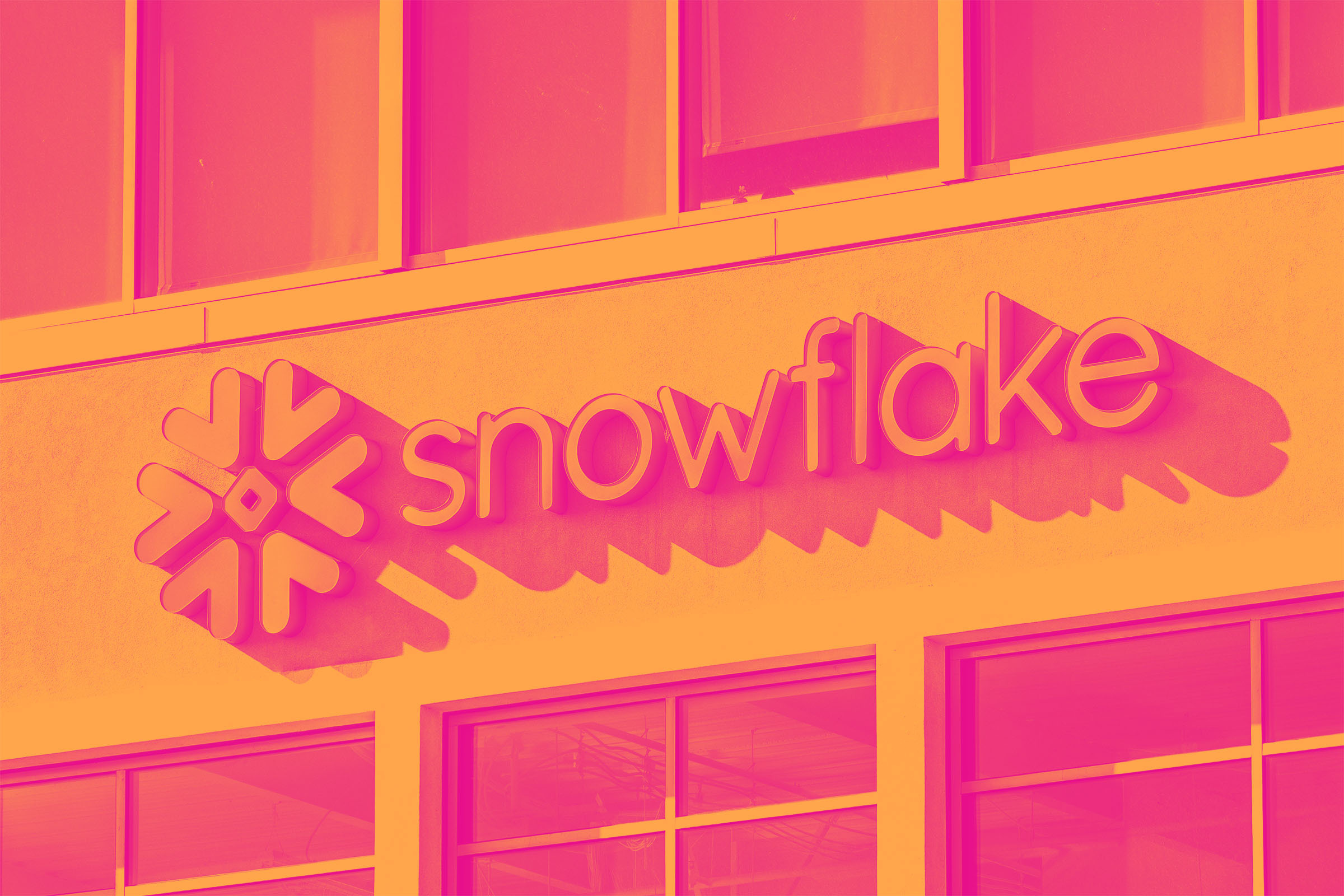|
|
|

|
|||||

|
|

Data warehouse-as-a-service Snowflake (NYSE:SNOW) fell short of the market’s revenue expectations in Q1 CY2025, but sales rose 25.7% year on year to $1.04 billion. Its non-GAAP EPS of $0.24 per share was 13.1% above analysts’ consensus estimates.
Is now the time to buy SNOW? Find out in our full research report (it’s free).
Snowflake’s first quarter results were shaped by ongoing expansion in its data platform offerings and increased adoption among large enterprise customers. Management highlighted momentum in new product capabilities, particularly Snowpark and Dynamic Tables, as well as robust customer activity in sectors like technology and retail. CEO Sridhar Ramaswamy pointed to use cases such as Dentsu’s cost reductions from consolidating data architecture and Siemens’ partnership for operational efficiency, illustrating how Snowflake’s platform is being integrated into complex data ecosystems. The leadership team also noted the importance of investments in connectivity and unstructured data solutions, such as the Snowflake connectors and support for Apache Iceberg, which are broadening the company’s reach across varied customer environments.
Looking forward, management’s guidance is grounded in expanding AI capabilities and deepening product integration across customer workflows. Ramaswamy explained that Snowflake customers are increasingly viewing their data strategies as a foundation for long-term AI adoption, with Cortex AI and Cortex Agent driving both immediate and future value. CFO Mike Scarpelli emphasized continued investments in go-to-market teams and operational efficiency, while warning that large-scale customer events and ongoing hiring in sales could impact near-term margins. The company plans to leverage product launches and partnerships—especially in the public sector and manufacturing verticals—to capture new market opportunities and sustain growth throughout the year.
Management attributed the quarter’s results to strong product adoption, expanded customer use cases, and increased operational focus, while noting that revenue fell short of Wall Street’s expectations due to variability in bookings and consumption trends.
Snowflake’s outlook is driven by increasing demand for AI-powered solutions, expanded product launches, and ongoing operational efficiency efforts, with management remaining watchful of evolving customer spending and margin pressures.
In the coming quarters, investors will focus on (1) the adoption rate and monetization impact of new AI and data engineering features like Cortex and Snowpark; (2) the effectiveness of Snowflake’s push into the public sector, including contract wins and customer expansion; and (3) whether operational investments and hiring translate into sustained margin improvement as new products are launched. Progress on partnerships and the outcome of the Snowflake Summit will signal the company’s ability to execute on these priorities.
Snowflake currently trades at a forward price-to-sales ratio of 14.2×. Is the company at an inflection point that warrants a buy or sell? Find out in our full research report (it’s free).
Market indices reached historic highs following Donald Trump’s presidential victory in November 2024, but the outlook for 2025 is clouded by new trade policies that could impact business confidence and growth.
While this has caused many investors to adopt a "fearful" wait-and-see approach, we’re leaning into our best ideas that can grow regardless of the political or macroeconomic climate. Take advantage of Mr. Market by checking out our Top 5 Growth Stocks for this month. This is a curated list of our High Quality stocks that have generated a market-beating return of 183% over the last five years (as of March 31st 2025).
Stocks that made our list in 2020 include now familiar names such as Nvidia (+1,545% between March 2020 and March 2025) as well as under-the-radar businesses like the once-micro-cap company Tecnoglass (+1,754% five-year return). Find your next big winner with StockStory today.
| 19 hours | |
| 22 hours | |
| Jul-03 | |
| Jul-03 | |
| Jul-01 | |
| Jul-01 | |
| Jul-01 | |
| Jun-30 | |
| Jun-30 | |
| Jun-30 | |
| Jun-29 | |
| Jun-29 | |
| Jun-28 | |
| Jun-27 | |
| Jun-26 |
Join thousands of traders who make more informed decisions with our premium features. Real-time quotes, advanced visualizations, backtesting, and much more.
Learn more about FINVIZ*Elite